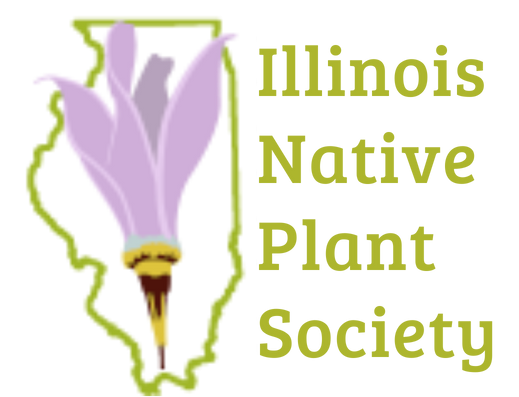Genetic health of the state endangered downy paintbrush (Castilleja sessiliflora)
Downy paintbrush (Castilleja sessiliflora) is a wildflower native to dry prairies in the central United States. Though considered secure throughout most of its range, downy paintbrush is endangered in Illinois. Troublingly, recent research has indicated that downy paintbrush experiences low fruit set in Illinois, meaning it may be struggling to produce healthy seeds. While this could be due to a number of reasons—stressful environmental conditions or a lack of available pollinators—one concern for rare plants in particular is poor genetic health. This is because downy paintbrush, like many species of paintbrush, is believed to be self incompatible, meaning it cannot set seed by self-pollination or by mating with a close relative.
This occurs if nearby plants are too genetically similar to mate with each other. For this reason, rare species growing in small populations with low genetic diversity may be at risk for inbreeding depression and low reproductive success, which can ultimately lead to population decline. I undertook a study, with the support of the Illinois Native Plant Society Research Grant, to characterize the genetic health of downy paintbrush both in Illinois, where it is endangered, and across its range, where it is common. Using genetic markers developed by my advisor Dr. Jeremie Fant, and with help from undergraduate interns Kristen Manion and Marina Malone and high school student Jasmine Uruchima, I measured the genetic similarity among downy paintbrush plants growing all the way from southwestern Texas to Minnesota and Illinois.
Using these genetic fingerprints, I calculated the genetic diversity of downy paintbrush across its range, as well as its levels of inbreeding (the likelihood that a plant is descended from closely related individuals). I learned that downy paintbrushes in Illinois have experienced inbreeding in the past, but these levels are lower here than elsewhere in the range, suggesting this is probably not due to living in small, endangered populations. I also found that genetic diversity is in fact lower in Illinois and that the northern range as a whole is less genetically diverse than the southern range. This pattern might be due to the species’ history of colonizing the northern range more recently, after the glaciers retreated, or it may relate to the lack of suitable prairie habitat in the Upper Midwest, due to the region’s fragmentation and conversion to croplands. However, despite genetic diversity being lower in the Midwest, overall levels of diversity remain moderate across the range. This means that downy paintbrush is not genetically impoverished and is unlikely to be experiencing severe negative consequences as a result of its genetic health.
In conclusion, despite being endangered in the state, downy paintbrush remains in good genetic health in Illinois compared to the rest of its range. While reports of low seed set in Illinois could signal low reproductive success, a severe lack of genetic diversity is unlikely to be the cause. Other ecological drivers, such as low pollination rates, could instead be to blame. To this end, I’m currently undertaking additional studies to examine pollinator visitation rates to downy paintbrush in Illinois and elsewhere, with support from the Friends of Nachusa Grasslands and the Illinois State Academy of Science. Early results show that pollinator visits to this species may be infrequent, though further work is needed to conclude whether low pollination, rather than low genetic diversity, is driving low fruit set.
Whatever the cause, only by conducting detailed research on rare and endangered plants can we understand the factors that may help or hinder their persistence in Illinois. Thanks to the support of the Illinois Native Plant Society and others, we have gained valuable knowledge about the genetic health of the endangered downy paintbrush, thus informing future management decisions and contributing to INPS’s mission of understanding and conserving the native plants of Illinois.

